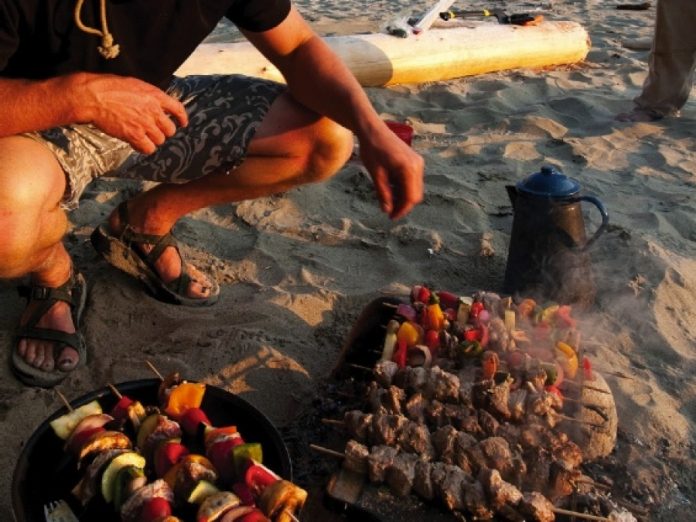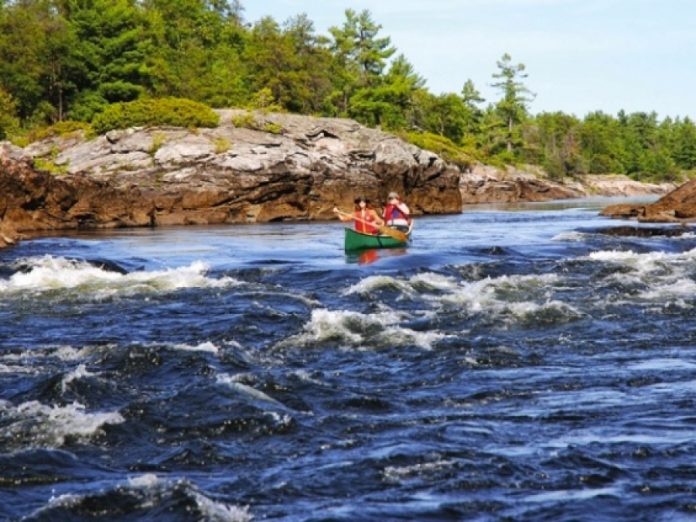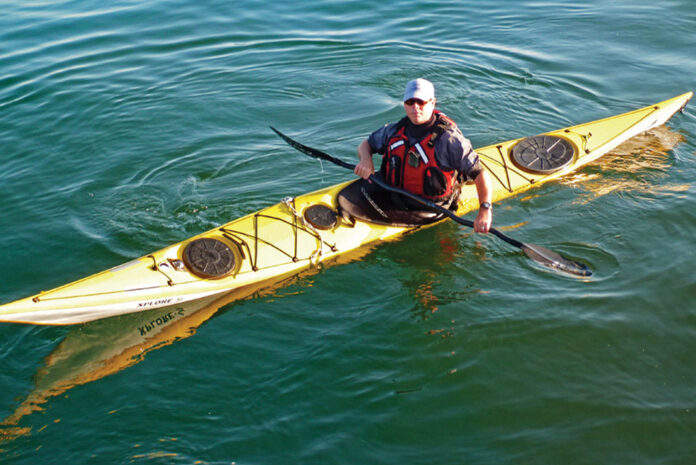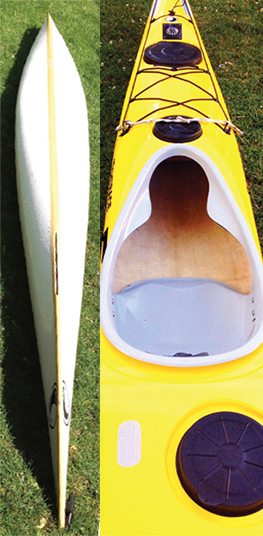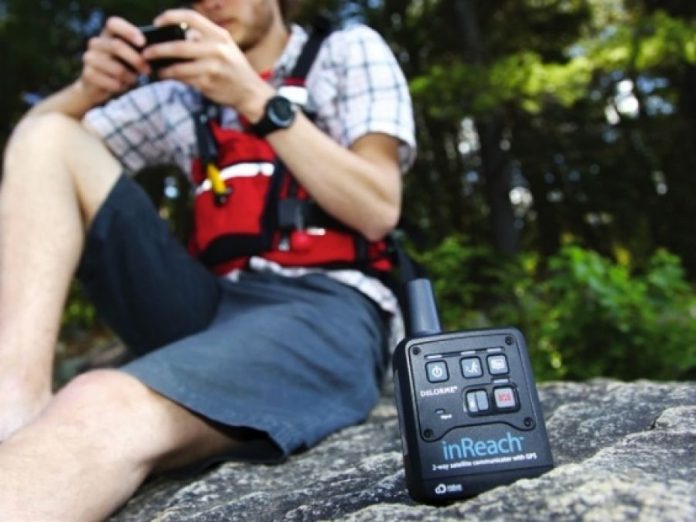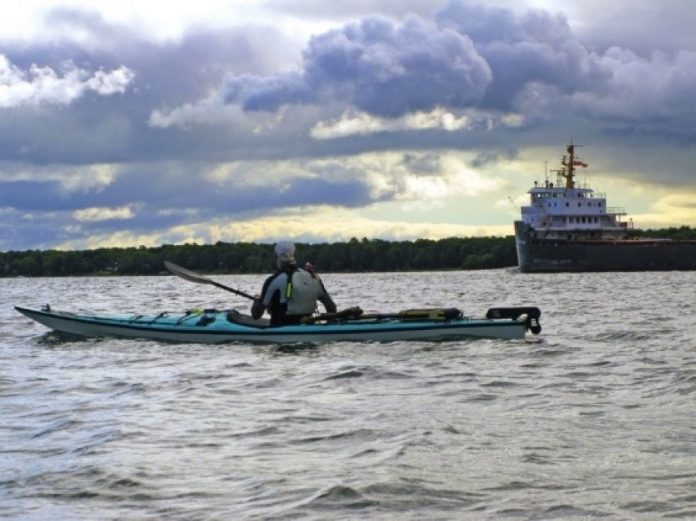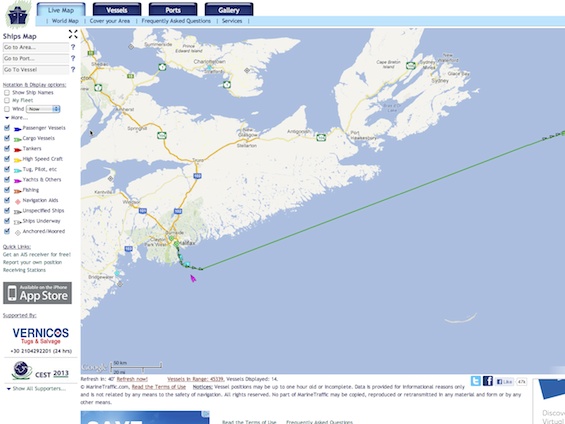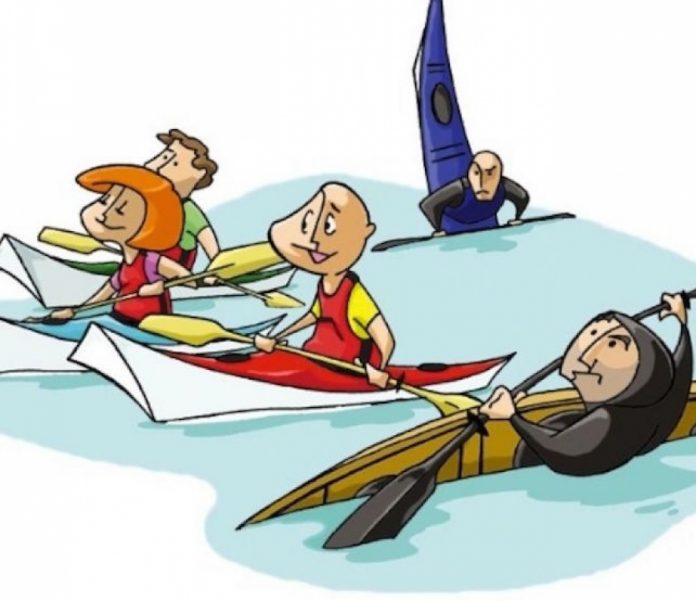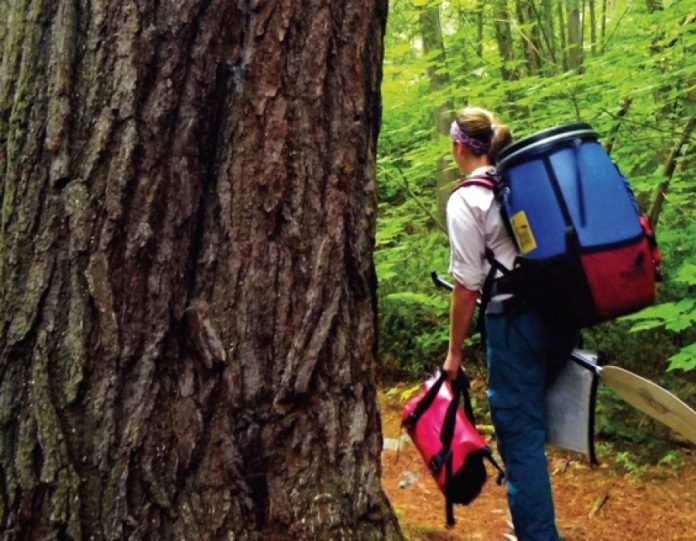Camp cooking is as simple or ornate as you make it out to be; it doesn’t take much more than an open flame or heap of glowing embers to put a crispy coat on a marshmallow or split open a hotdog, but more elaborate meals can be prepared over a campfire with the proper structure and a continuous source of hot coals. Most backcountry campsites offer fire rings to promote Leave No Trace camping. Building the right type of fire inside the ring should also assure you more sustainable cooking temperatures.
The most basic fire structure is the tipi. Its conical shape drives fire upwards for a fast and efficient way to quickly boil water or heat something small.
A platform fire is a variation on the log cabin fire. It is created by criss-crossing layers of kindling starting with a base of larger firewood and then working upward with increasingly smaller pieces, creating the shape of an Aztec pyramid. When ignited from the top, this mass of firewood burns downwards, creating layers of hot embers that eventually form a deep bed of cooking coals. Feeding the bed of embers with wood provides a sustained supply of hot cooking coals great for grilling steaks, baking with a Dutch oven or directing heat to a planked fish fillet alongside the fire.
A good cook knows that you need the right amount of heat to control the texture and taste of your meal. When maintaining a cooking fire, it’s important to have two or more areas of heat. A good bed of coals can be dragged or scooped from the main fire into a separate cooking area where less heat and more control are needed.
For an easy way to calculate approximately how hot your cooking fire is, hold your open palm about five inches over the fire. Count the seconds before you have to pull your hand away to get a general range of temperatures:
2–3 seconds: 450°–650°F
4–5 seconds: 375°–450°F
6–7 seconds: 325°–375°F
8–10 seconds: 250°–325°F
Not all types of wood produce a long-lasting, adequate heat. Hardwoods generally make the best firewood. Ash offers both a good flame and heat, while oak burns well but emits an acrid smoke. Yew, maple and hazelwood are other good options.
When burned, apple, cherry, hickory and alder expose foods to flavorful smoke, wonderful tastes for fire-grilled foods. Baking salmon or trout fillets that are staked to a moist cedar plank and propped up facing the heat combines the flavors of the fish with the essence of cedar for a mouth-watering delicacy.
Choose the right structure, the right type of wood and maintain good oxygen circulation and your options for frying, grilling, baking or planking are only restricted by your creativity.
– A veteran paddler and freelance writer, Tom Watson has authored several books on the outdoors and is the camping editor for Sportsmansguide.com.
This article originally appeared in Canoeroots & Family Camping, Fall 2012. Download our freeiPad/iPhone/iPod Touch App or Android App or read it here.



